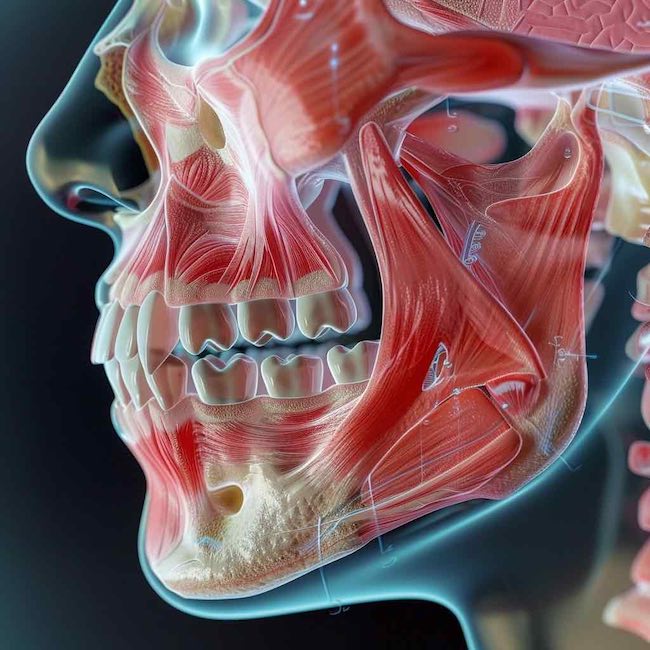Cocaine jaw, also known as bruxism or clenching of the teeth, is a condition that affects people who are addicted to cocaine. It occurs when someone has been using cocaine for an extended period of time, and their jaw begins to tighten and clench uncontrollably.
The repetitive clenching and unclenching of the jaw can also result in temporomandibular joint disorders, causing chronic pain and difficulty in jaw movement.
The Science Behind Cocaine Jaw: Neurological and Physical Effects
According to NIDA; cocaine increases levels of dopamine, a neurotransmitter associated with pleasure and movement. This surge in dopamine leads to heightened neurological activity, translating into various physical symptoms, including hyperactivity in muscle groups. The jaw, with its complex musculature, becomes particularly susceptible to these effects.
Cocaine jaw video
Coke jaw, also known as cocaine jaw, refers to a common side effect experienced by cocaine users, characterized by involuntary and often uncontrollable movements of the jaw. This can range from rapid clenching to teeth grinding, medically termed bruxism, and may occur without the user’s conscious awareness. These movements result from cocaine’s stimulation of the central nervous system, which heightens muscle activity and tension. Over time, this condition can lead to dental damage, jaw pain, and other health complications if left unchecked.
At Still Detox, recognizing and treating these physical symptoms is part of our comprehensive approach to addiction recovery, focusing on both the physical and psychological aspects of cocaine addiction and abuse. Call us now: (561) 556-2677









